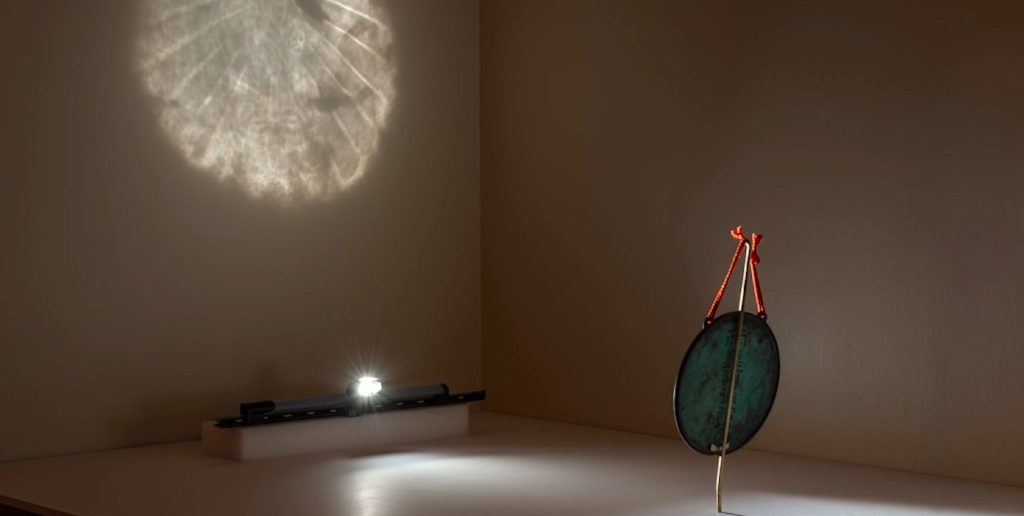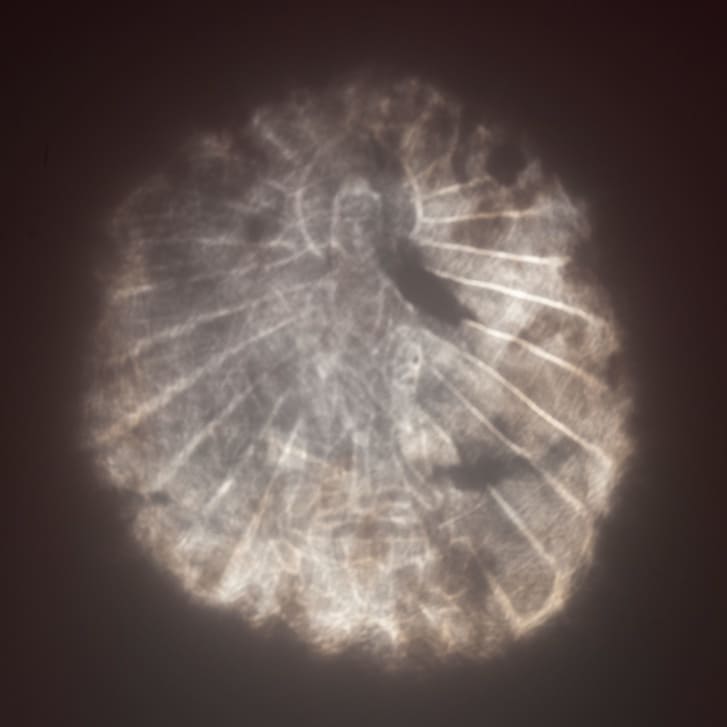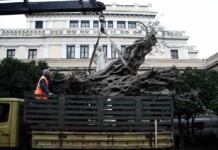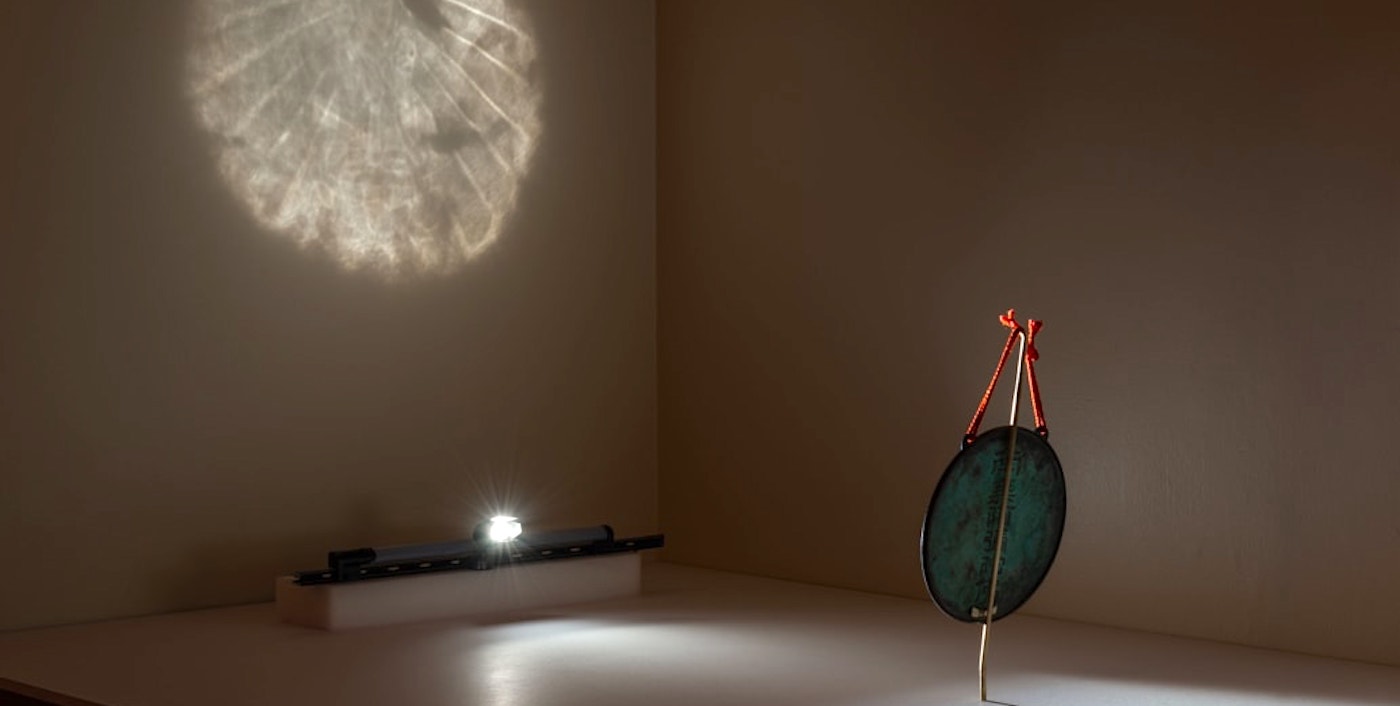
Mirror, mirror on the wall—what is the rarest artwork of them all?
Under special lighting conditions, a plain-looking bronze mirror from the 16th century held at the Cincinnati Art Museum, reflects an image of a Buddha surrounded by numerous emanating rays of light.
This “magic” mirror will be on display beginning July 23, 2022, for the world to finally see.
It was in spring 2021, while conducting research on an ancient artwork in the museum’s collection that the Curator of East Asian Art, Dr. Hou-mei Sung, made a once-in-a-lifetime discovery.
Before glass manufacturing, people groomed themselves in mirrors of polished bronze. This technology has been found everywhere from Ancient Egypt to the Indus Valley.
READ ALSO: Modern Art Cache Stolen by Nazis Found in Munich
Known as “magic” or “transparent” or “light penetrating” (透光鏡) mirrors, these types of artworks were first created in China during the Han dynasty (202 BCE – 220 CE). When light is projected on them, the mirrors appear transparent and reveal characters or a decorative design.
“This is a national treasure for China, and we are so lucky to have rediscovered this rare object and have on view in Cincinnati,” said Sung.
Indeed, before being exhibited once in 2017, the mirror had sat in the East Asian collection without being touched for decades, according to CNN.
The front of the museum’s mirror is a polished reflective surface, and the back is marked with six characters, 南無阿彌陀佛, the name of Amitābha Buddha.

Ancient magic mirrors are extremely difficult to make and are very rare. Other than the Han dynasty magic mirrors in the Shanghai Museum, only two other similar Buddhist magic mirrors are known: one in the Tokyo National Museum and the other in the Metropolitan Museum of Art.
Both are Japanese mirrors made in the Edo period (1603–1867). Sung believes the one in Cincinnati was made in an early period in China.
While the nature of their function is broadly understood, how ancient metalworkers achieved the effect of light-penetration is not known. To create the effect, metalworkers carved images or words on one side of a bronze plate. On the opposite side, it was polished to become the mirror aspect, and perhaps even treated with mercury.
CHECK OUT: Seven Lost Artistic Masterpieces That Were Found in 2021
The trick was that the carvings on one side would indent ever-so-slightly into the mirror side that when struck by sunlight, they would appear on the wall behind. However the carvings were so dainty and shallow as to not disturb the mirror-like surface, so that people could still use it as a mirror.
Visitors can see the secrets of the mirror for free in the museum’s East Asian Gallery (Gallery 140) after July 23.
The museum acquired its first East Asian art works in 1881, making it one of the oldest museum collections of East Asian art in the United States.
Watch local news have a field day with the discovery…
REFLECT This Story Back Onto Social Media And Share The Buddha’s Light…




















